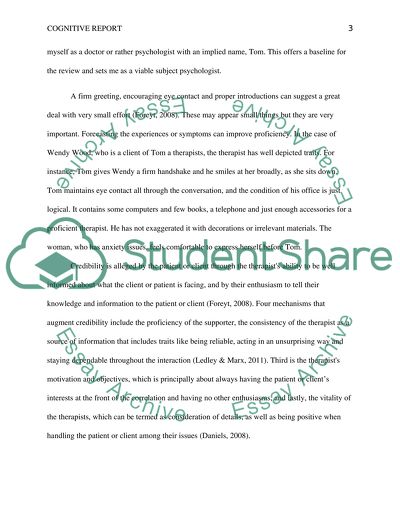Cite this document
(“Cognitive behavioral therapy Report Essay Example | Topics and Well Written Essays - 3000 words”, n.d.)
Retrieved from https://studentshare.org/psychology/1404507-clinical-assessment-project
Retrieved from https://studentshare.org/psychology/1404507-clinical-assessment-project
(Cognitive Behavioral Therapy Report Essay Example | Topics and Well Written Essays - 3000 Words)
https://studentshare.org/psychology/1404507-clinical-assessment-project.
https://studentshare.org/psychology/1404507-clinical-assessment-project.
“Cognitive Behavioral Therapy Report Essay Example | Topics and Well Written Essays - 3000 Words”, n.d. https://studentshare.org/psychology/1404507-clinical-assessment-project.


